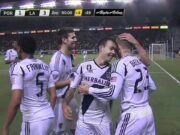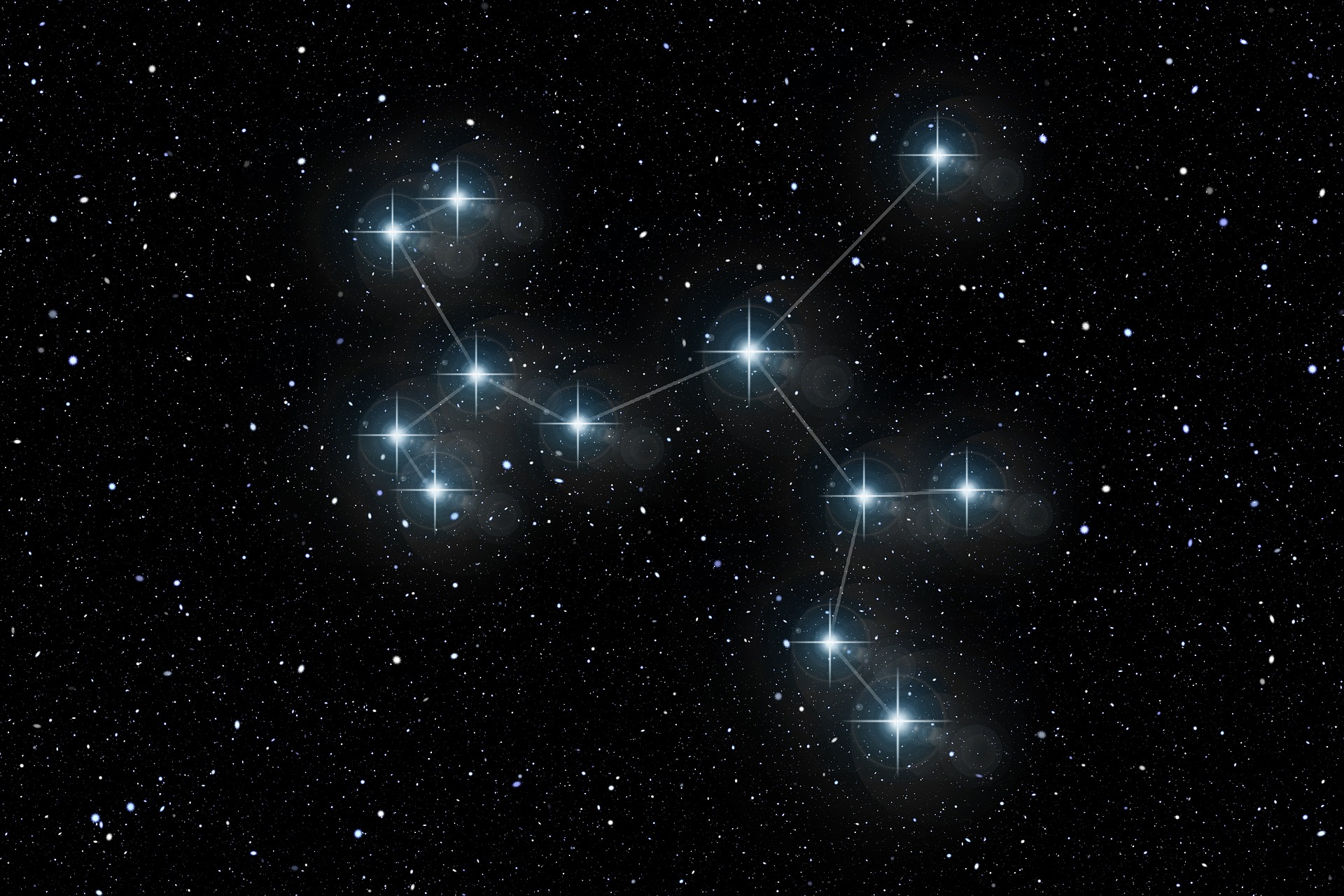One stunningly intriguing and eye-catching natural occurrence is the much-studied star constellations. For centuries, astronomers hailing from all corners of the world have endeavored to study and understand the workings of the distantly shimmering stars. There have inevitably been all sorts of accounts and testimonials attempting to decode the mysteries written in the patterns meticulously formed by the stars noticeably shining from the darkness and void of space.

From the world-famous Greek mythologies to religious interpretations, there hasn’t been a shortage of iconic tales of the constellations and how they were associated with their guiding purposes. There are the notable and widely recognized constellations like the Aquarius constellation and the Aquila constellation. Rarely mentioned, however, are some pretty significant constellations as well that remains unknown to most people.
These are 6 Significant Constellations Never Talked About;
1. Musca Borealis, The Northern Fly

This constellation is sure to excite and intrigue the adventurous appeal of any explorer out there. As navigators sailed South just below the equator adventurously seeking their next conquest, they came about a huge patch of uncharted skies. Without clear designations to help them clearly and effectively navigate, they had to call upon their astronomy skills and find a way to maneuver through the waters.
From this ordeal, the southern constellation was brought to light. As is tradition, the crown, fish, and the triangles all have corresponding twins. In this case, one little fly wasn’t needed by the night sky. Vigorous re-branding efforts did not yield much fruit in keeping the little fly contained, including the Apis (bee) and the Williamsburg-worthy Vespa (wasp).
The Northern fly was initially spotted hovering around Aries. That is one mystery that would interest space enthusiasts.
2. Machina Electrica, The Electrical Generator

Constellations that are popularly known to the world are often named after iconic and legendary figures, especially from the elaborate tales of the intriguing Greek mythologies. With this particular constellation, along with a considerable amount of constellations currently being discovered as well as those discovered in the days gone, bear the names of some iconic gadgetry. In this case, the Machina Electrica is the name given to this constellation referring to the generational defining electrical generator.
Astronomers would, however, not quite engage their interests in this constellation, thereby effectively rendering it obsolete. It may not have been too much of an intriguing constellation at the time, considering astronomers are known to have some pretty defined imaginations. Therefore a drafty patch of sky named after an electrical generator didn’t quite cut it for the astronomers.
You could try to find it, though. With weather events becoming more and more severe and unpredictable, it is constellations like this one that might offer some insights on what to expect. History has it that the Machina Electrica would be found in the part of the sky that mostly resembles a rafty loft and is between a furnace and a sculptor studio.
3. Polophylax, The Guardian of the Pole.

It would seem astronomers were either not very interested in the South pole as they were with the North pole, or there was and still are no stars intriguing enough or maybe just not sparkly sufficient to be designated to the South pole. Apparently, the South pole has in its skies distasteful and pretty much attractive dimly twinkling patternless clusters of stars. Nothing like the magnificent and legendary North star as a designation of the North pole.
Petrus Plancius, a Dutch astronomer in 1592, thought to make something of the luck-luster cluster of stars in the South pole. He introduced the blue-robed celestial guardian of the South pole referred to as the Polophylax. It was to finally give the Southern pole some astrological designation as well as a presence. Still, it spectacularly failed to catch up, and Plancius himself replaced Polophylax with a Toucan and a cane.
Try and find the Polophylax. There is not too much to it, though.
4. Psalterium Georgii, the Lute of King George III

Thanks to a tradition dating back to centuries gone, constellations would be named after individuals in the society considered to hold the highest of social as well as the political class. Noblemen and women alike, Kings, Queens, and emperors equally ceremoniously honored by having a celestial occurrence named after them. In retrospect, there was no scientific or astronomical significance to this tradition at all.
In an attempt to delicately pet King George the III’s monumental ego, the Psalterium Georgii predominantly featuring a harp was named after him. It would unsurprisingly fail to hold any significant value in the years to come and subsequently was lost to the world. Thankfully today, you don’t have to be a King or Queen to have a star named after you. You can have your star named after you for just about $75. Pretty dope, huh!
You could try to find King George’s harp. It unsure odiously floats in the northernmost part of the river Eridanus.
5. Officina Typographica, The Printing Office.

As far as elaborate constellations go, this one is right up there among the most elaborate of constellations. Well, this is if we choose not to consider its current obsolete nature. It captures the potential of the human imagination and what it is capable of if left to roam free creatively. Constellations are defined patterns that are made of stars shining in the sky. These patterns have to make sense to anyone else seeking to derive information from the constellation. It is because of this that the colossal nature of this particular constellation was translated into an entire Printing office.
Johann Bode, a German astronomer and also responsible for some profound space exploration assignments and naming of planets, particularly Uranus, came up with the Officina Typographica constellation. Even though it wouldn’t catch on in the years to come, it was still recognized as an impressive constellation even as that patch of space would later be found to be more suiting of a unicorn than an entire printing press.
The Officina Typographica can be found to the East of Sirius and could make an adventurous expedition for an enthusiastic astronomer.
6. Gladii Electorale Saxonici, the Crossed Swords of Saxony
Lastly, we have the Gladii Electorale Saxonici. Sounds pretty gothic, right? Well, it might be worth noting that the astronomer who was responsible for this failed attempt at securing some form of royal favor, was as well a shoemaker. Gottfried Kirch looked up to the sky, and an image of something made up of orbs and scepters materialized in his mind connecting the dots formed by the pattern of stars he saw.
Gottfried would translate this image to be his celestial tribute to a specific particular German royalty and named it the Gladii Electoral Saxonici, which means the crossed swords of Saxony. His efforts might have not quite hit the intended level of significance and certainly was not considered to be historically significant, the constellation finds itself in the company of some legendary constellations.
Found between Virgo and Libra, late September blossoms at least have something new to excite their intrigued interests.


































